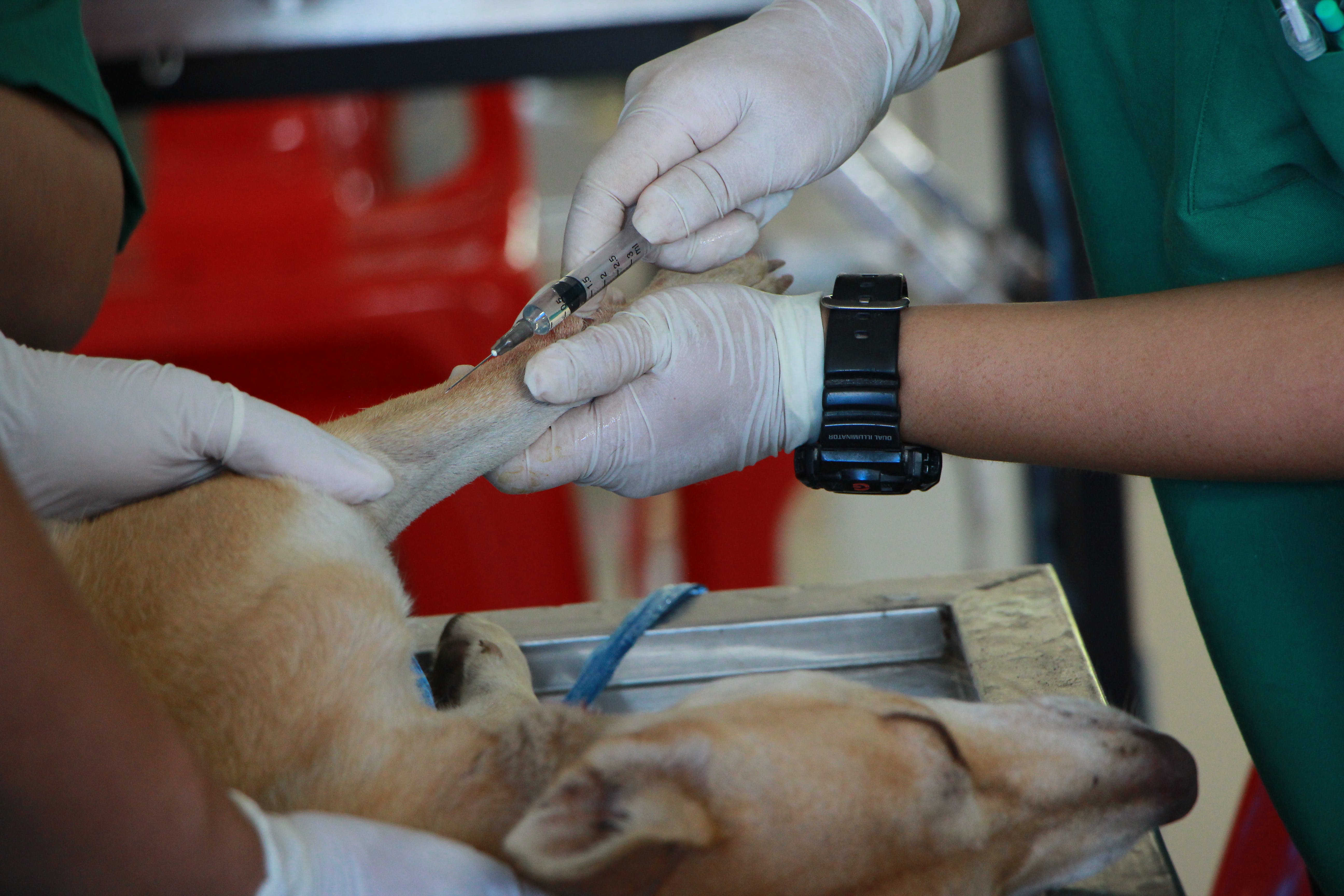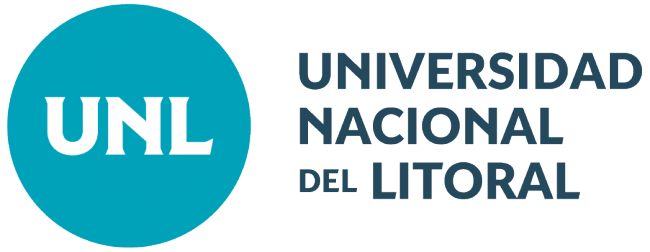Comparative exploratory study on occupational safety in different types of veterinary practices
DOI:
https://doi.org/10.14409/favecv.2023.22.e0025Keywords:
Veterinary, occupational accidents, zoonosis, occupational safetyAbstract
Amblyomma aureolatum (Pallas,1772) is distributed in South America and holds medical and veterinary significance. In Uruguay, it is widely distributed, parasitizing both wild and domestic vertebrates, and has been associated with cases of canine rangeliosis. This studied aimed to determine the presence of rickettsial organisms and piroplasms in A. aureolatum from northern Uruguay. A total of 117 nymphs and adults of A. aureolatum were collected from foxes, dogs, vegetation, and one specimen was found on a human. DNA was extracted from ticks obtained from animals and vegetation to performing various PCR assays using primers targeting genes to detect DNA from Rickettsial organisms (Anaplasmataceae, Rickettsiaceae, and Midichloriaceae) as well as Piroplasmida protozoa. As a result, three sequences were obtained: one for the gltA gene with an identity ranging from 99.4% to 100% with Rickettsia bellii, another for the 16S rRNA gene showing 100% identity with Candidatus Midichloria sp., and the remaining sequence displayed 100% identity with Rangelia vitalii for the 18S rRNA gene. These results represent the first reports of R. bellii in the country and of Ca. Midichloria sp. and R. vitalii in A. aureolatum. Additionally, the first case of A. aureolatum parasitizing a human in Uruguay is reported.
References
Dowd K, Taylor M, Toribio JA, Hooker C, Dhand NK. 2013. Zoonotic disease risk perceptions and infection control practices of Australian veterinarians: call for change in work culture. Prev. Vet. Med. 111: 17-24. DOI: 10.1016/j.prevetmed.2013.04.002
Epp T, Waldner C. 2012a. Occupational health hazards in veterinary medicine: zoonoses and other biological hazards. Can. Vet. J. 53: 144-150.
Epp T, Waldner C. 2012b. Occupational health hazards in veterinary medicine: physical, psychological, and chemical hazards. Can. Vet. J. 53: 151-157.
Gómez de la Torre N, Tarabla HD 2015. Accidentes laborales, enfermedades profesionales y uso de elementos de protección personal en veterinarios de pequeños animales. InVet (UBA) 17: 23-27.
.
Gummow B. 2003. A survey of zoonotic diseases contracted by South African veterinarians. J S. Afr. Vet. Assoc. 74: 72-76. DOI: 10.4102/jsava.v74i3.514
Huertas PS, León EA, Tarabla HD. 2019a. Zoonosis and veterinary waste disposal in rural practice. Rev. Argent. Microbiol. 51: 251-254. DOI: 10.1016/j.ram.2018.08.004
Huertas PA, Molineri AI, León EA, Signorini ML, Tarabla HD. 2019b. Factores asociados a accidentes in itinere en veterinarios de grandes animales. Rev. Ab Intus (UNRC) 3: 71-76.
Kinnunen PM, Matomäki A, Verkola M, Heikinheimo A, Vapalahti O, Kallio-Kokko H, Virtala AM, Jokelainen P. 2022. Veterinarians as a risk group for zoonoses: exposure, knowledge and protective practices in Finland. Saf. Health Work 13: 78-85. DOI: 10.1016/j.shaw.2021.10.008.
Nienhaus A, Skudlik C, Seidler A. 2005. Work-related accidents and occupational disease in veterinarians and their staff. Int. Arch. Occup. Environ. Health 78: 230-238. DOI: 10.1007/s00420-004-0583-5
Molineri AI, Signorini ML, Pérez L, Tarabla HD. 2013. Zoonoses in rural veterinarians in the central area of Argentina. Aust. J. Rur. Health 21: 285-290. DOI: 10.1111/ajr.12054
Molineri AI, Signorini ML, Tarabla HD. 2016. Distribución espacial de accidentes de tránsito, percepción de riesgos y uso de elementos de protección personal in itinere en veterinarios de grandes animales en la Provincia de Santa Fe. Analecta Vet. (UNLP) 36: 23-27.
Molineri A, Signorini M, Tarabla H. 2019. Distribución temporo espacial de brucelosis en clínicos de bovinos. Rev. Cien. Ab Intus (UNRC) 3: 50-55.
Navarrete MB, Tarabla HD. 2018. Factores asociados a los riesgos ocupacionales y el uso de elementos de protección personal en la práctica veterinaria con bovinos y equinos. InVet (UBA) 20: 255-266.
Pérez JE, Iraizoz AM, Chávez JA. 2017. Manejo de residuos sólidos hospitalarios generados por los centros veterinarios de la ciudad de Machala, Ecuador. Rev Inst, Inv. FIGMMG-UNMSM 20: 101-110.
Shirangi A, Fritschi L, Holman CDJ. 2007. Prevalence of occupational exposures and protective practices in Australian female veterinarians. Aust. Vet. J. 85: 32-38. DOI: 10.1111/j.1751-0813.2006.00077.x
Signorini ML, Molineri AI, Meléndez Orantes CE, Tarabla HD. 2019. Factores asociados al uso, disposición y eliminación de elementos de protección personal en clínicos de grandes animales. FAVE Sección Ciencias Veterinarias 18: 26-29. DOI: 10.14409/favecv.v18i1.8299
Signorini ML, Pérez L, Tarabla HD, Molineri AI. 2014. Acidentes laborales en veterinarios rurales. Avances Cien. Vet. (U de Chile) 29: 36-41.
Tarabla HD. 2009. Riesgos de trabajo en Veterinarios del centro-oeste de la Provincia de Santa Fe, Argentina. InVet (UBA) 11: 39-47.
Tarabla HD, Hernández Villamizar AC, Molineri AI, Signorini ML. 2017. Percepción y prevención de riesgos ocupacionales en veterinarios rurales. Rev. Vet. (UNNE) 28: 152-156.
Tarabla PA, Signorini ML, Lazzaroni JA, Mezzadra HF, Pérez LA, Tarabla HD. 2020. Descarte de insumos veterinarios en la clínica de bovinos. Jornada de Investigación y Extensión FCV UNL, pp. 275-276.
Tarabla PA, Signorini ML, Lazzaroni JA, Mezzadra HF, Pérez LA, Tarabla HD. 2020. Descarte de material biológico en la clínica de pequeños animales. Jornada de Investigación y Extensión FCV UNL, pp. 277-278.
Venkat H, Yaglom HD, Adams L. 2019. Knowledge, attitudes, and practices relevant to zoonotic disease reporting and infection prevention practices among veterinarians Arizona, 2015. Prev. Vet. Med. 169: 104711. DOI: 10.1016/j.prevetmed.2019.104711
Villamagua I, Molina N. 2016. Diagnóstico del manejo de desechos peligrosos en clínicas veterinarias de Guayaquil. Rev. Cien. UNEMI 9: 98-115. DOI: 10.29076/issn.2528-7737vol9iss21.2016pp98-115p
Whitby M, Pessoa-Silva CL, McLaws ML, Allegranzi B, Sax H, Larson E, Seto WH, Donaldson L, Pittet D. 2007. Behavioural considerations for hand hygiene practices: the basic building blocks. J. Hosp. Infect. 65: 1-8. DOI: 10.1016/j.jhin.2006.09.026
Wilkins JR 3rd, Bowman ME. 1997. Needlestick injuries among female veterinarians: frequency, syringe contents and side-effects. Occup. Med. 47: 451-457. DOI: 10.1093/occmed/47.8.451
Wilkins MJ, Bartlett PC, Judge LJ, Erskine RJ, Boulton ML, Kaneene JB. 2009. Veterinarian injuries associated with bovine TB testing livestock in Michigan, 2001. Prev. Vet. Med. 89: 185-190. DOI: 10.1016/j.prevetmed.2009.02.014
Wright JG, Jung S, Holman RC, Marano NN, McQuiston JH. 2008. Infection control practices and zoonotic disease risks among veterinarians in the United States. J. Am. Vet. Med. Assoc. 232: 1863-1872. DOI: 10.2460/javma.232.12.1863.
Zahradnik E, Raulf M. 2014. Animal allergens and their presence in the environment. Front. Immunol. 5: 76. DOI: 10.3389/fimmu.2014.00076.

Published
How to Cite
Issue
Section
License
Copyright (c) 2023 Carina, Marcelo, Héctor

This work is licensed under a Creative Commons Attribution-NonCommercial-ShareAlike 4.0 International License.
FAVE Sección Ciencias Veterinarias ratifies the open access model, in which contents (in full) are available free to anyone in the internet. The costs of production and publication are not transfered to the authors. This policy intends to break social and economical barriers that generate inequities in the access to information, and for the publication of research results.
All articles can be accessed at http://bibliotecavirtual.unl.edu.ar/publicaciones/index.php/FAVEveterinaria/issue/current/, under license Creative CommonsAtribución-NoComercial-Compartir Igual 4.0 Internacional.










